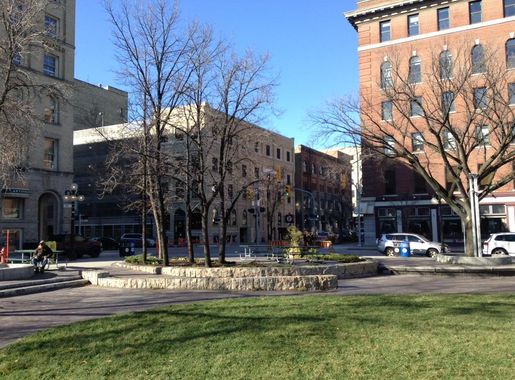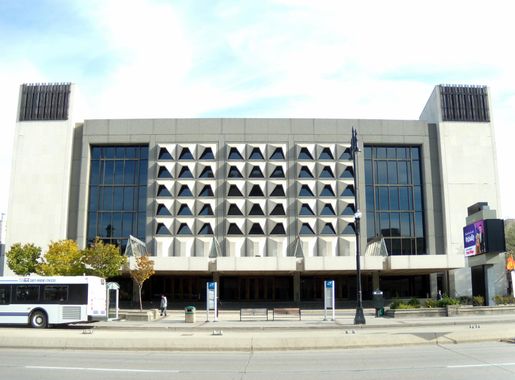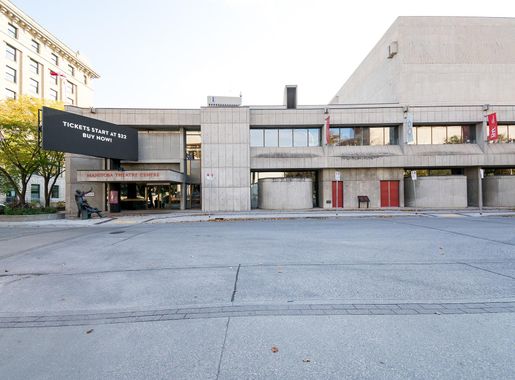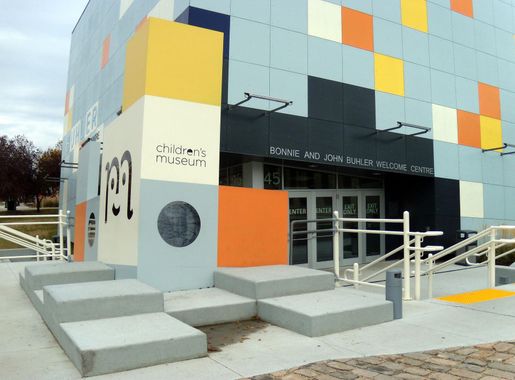
The Exchange District: Winnipeg's Historic Heartbeat
Discover the rich history, vibrant arts scene, and diverse culinary offerings in Winnipeg's Exchange District, a National Historic Site and cultural hotspot.
The Exchange District in Winnipeg, Canada, is a vibrant blend of history and contemporary culture. This area is a National Historic Site, boasting an impressive collection of heritage buildings from the early 20th century. Walking through its streets, you will find architectural gems that tell the story of Winnipeg's rise as a commercial hub in the early 1900s. The neighbourhood is a haven for art lovers, with numerous galleries showcasing local and international talent. The Exchange District is also home to the Winnipeg Fringe Theatre Festival, one of North America's largest and most renowned fringe festivals. Throughout the year, you can enjoy a variety of performances, from theatre to live music, in this dynamic cultural hotspot. Food enthusiasts will delight in the array of dining options available. From cozy cafes to upscale restaurants, the Exchange District offers something to satisfy every palate. Don't miss the chance to visit some of the unique boutiques and shops that add to the area's eclectic charm. Whether you're a history buff, an art aficionado, or simply looking to explore a unique urban landscape, the Exchange District is a must-visit destination in Winnipeg.
Local tips in Exchange District
- Wear comfortable walking shoes to explore the cobblestone streets and historic buildings.
- Visit during the Winnipeg Fringe Theatre Festival in July for an unforgettable cultural experience.
- Check out the local galleries for unique art pieces and exhibitions.
- Try the local cuisine at one of the neighbourhood's many diverse restaurants.
- Take a guided walking tour to learn more about the area's rich history and architecture.
The Exchange District: Winnipeg's Historic Heartbeat
The Exchange District in Winnipeg, Canada, is a vibrant blend of history and contemporary culture. This area is a National Historic Site, boasting an impressive collection of heritage buildings from the early 20th century. Walking through its streets, you will find architectural gems that tell the story of Winnipeg's rise as a commercial hub in the early 1900s. The neighbourhood is a haven for art lovers, with numerous galleries showcasing local and international talent. The Exchange District is also home to the Winnipeg Fringe Theatre Festival, one of North America's largest and most renowned fringe festivals. Throughout the year, you can enjoy a variety of performances, from theatre to live music, in this dynamic cultural hotspot. Food enthusiasts will delight in the array of dining options available. From cozy cafes to upscale restaurants, the Exchange District offers something to satisfy every palate. Don't miss the chance to visit some of the unique boutiques and shops that add to the area's eclectic charm. Whether you're a history buff, an art aficionado, or simply looking to explore a unique urban landscape, the Exchange District is a must-visit destination in Winnipeg.
Iconic landmarks you can’t miss
Old Market Square
Explore Old Market Square in Winnipeg, a vibrant park blending history, culture, and community events in the heart of the Exchange District.
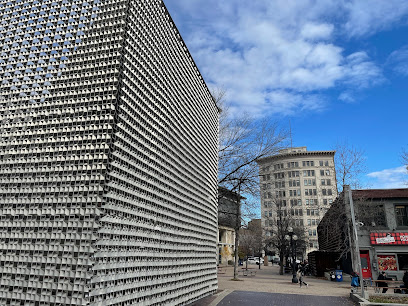
Exchange District BIZ
Explore Winnipeg's Exchange District, where history and culture come alive through stunning architecture, art, and vibrant local experiences.
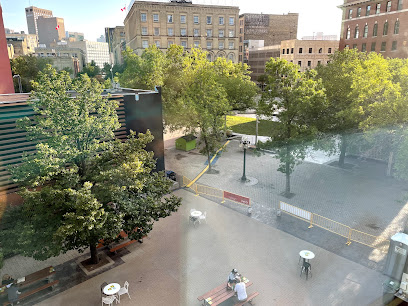
The Grain Exchange Building
Discover the architectural beauty and historical significance of The Grain Exchange Building, a must-visit landmark in Winnipeg's vibrant downtown.
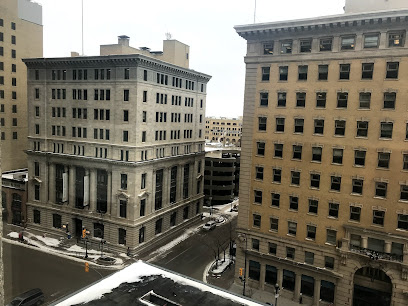
Hamilton Building
Explore the Hamilton Building, a historic landmark in downtown Winnipeg showcasing stunning architecture and rich cultural history.
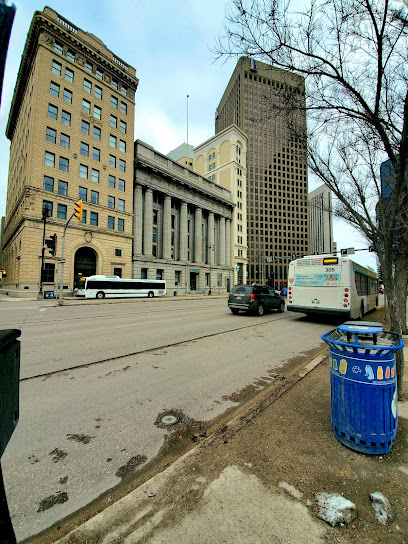
Former Winnipeg Free Press building
Discover the rich history of Winnipeg at the Former Winnipeg Free Press building, a stunning historical landmark showcasing the city's journalistic heritage.
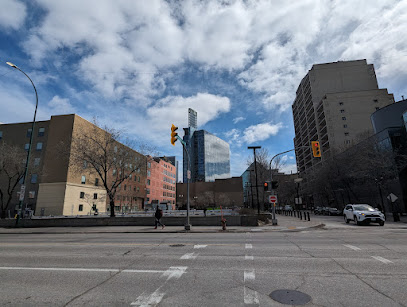
Winnipeg Scots Monument
Explore the Winnipeg Scots Monument, a significant historical landmark celebrating Scottish heritage in the heart of Manitoba's vibrant capital.
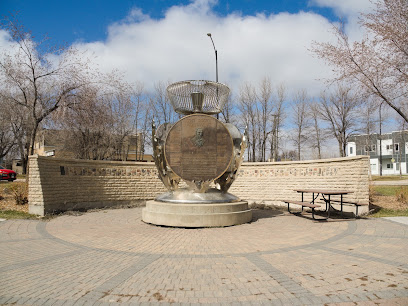
Massey Building
Explore the Massey Building: A Historic Landmark in Winnipeg's Downtown, Showcasing Architectural Elegance and Rich Heritage.
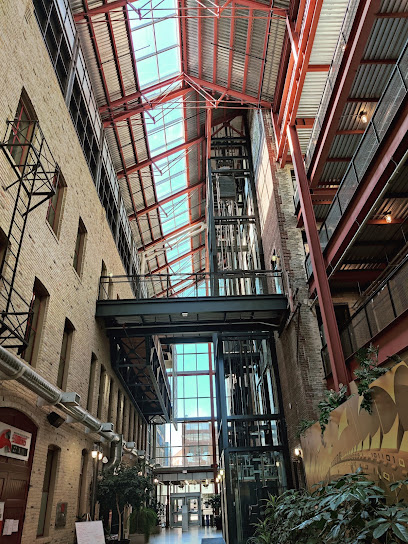
Masonic Temple
Explore the Masonic Temple, a stunning historical landmark in Winnipeg, showcasing architectural beauty and deep-rooted community history.
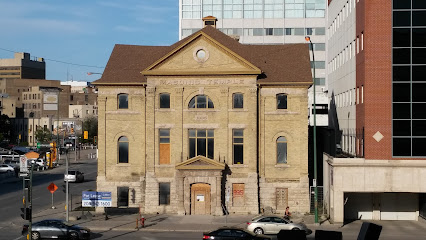
The 1919 Marquee
Discover the 1919 Marquee in Winnipeg, a historic landmark celebrating the pivotal labor movement that shaped Canada’s working class rights.
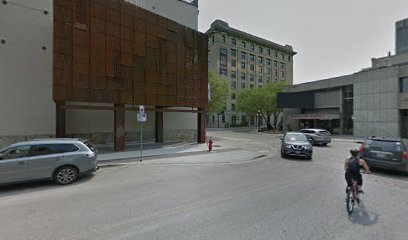
Telegram Building
Explore the Telegram Building in Winnipeg, a historical landmark that showcases stunning architecture and the city's rich journalistic heritage.
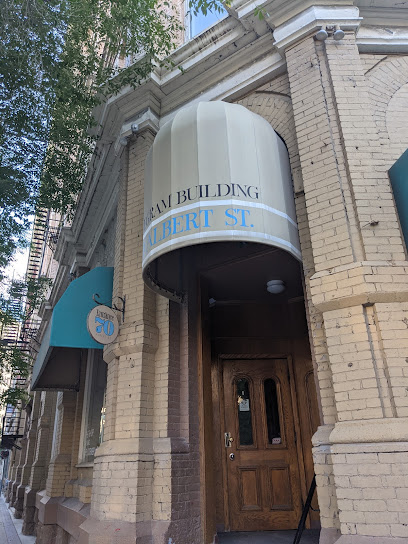
Unmissable attractions to see
Canadian Museum for Human Rights
Discover the transformative power of human rights at the iconic Canadian Museum for Human Rights in Winnipeg, a must-visit for every traveler.
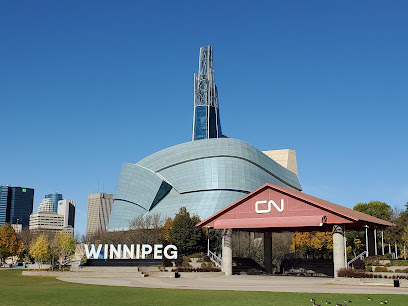
Winnipeg Art Gallery
Discover the captivating fusion of contemporary and Inuit art at the Winnipeg Art Gallery, a cultural gem in the heart of Manitoba's capital.
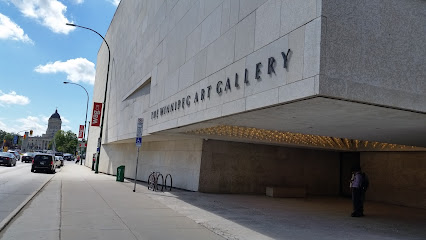
Dalnavert Museum and Visitors' Centre
Experience Winnipeg's rich history at the Dalnavert Museum, a beautifully restored Victorian mansion and a treasure trove of local heritage.
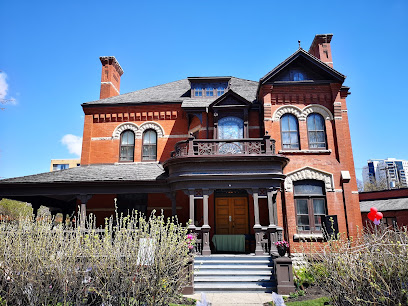
Old Market Square
Explore the vibrant atmosphere of Old Market Square in Winnipeg, a cultural hub featuring lively events, historic charm, and local delights.
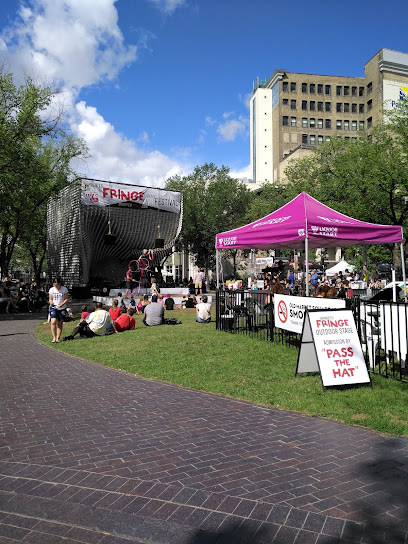
Science Gallery at the Manitoba Museum
Explore the Science Gallery at the Manitoba Museum—where curiosity meets discovery in the heart of Winnipeg.
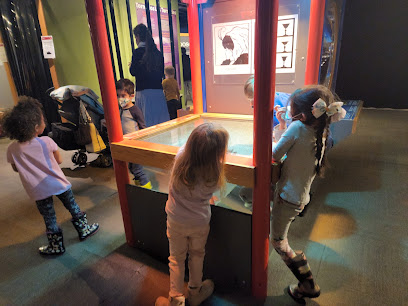
Essential places to dine
Clementine Cafe
Discover the delightful flavors of breakfast at Clementine Cafe in Downtown Winnipeg, where local ingredients meet creative cuisine.
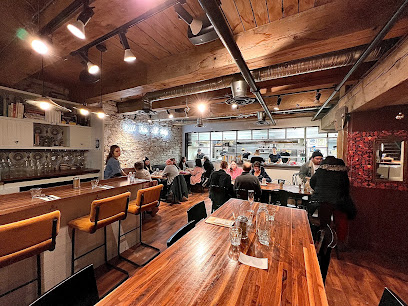
Peasant Cookery
Experience the essence of Manitoba's culinary scene at Peasant Cookery, where fresh local ingredients meet exceptional craftsmanship.
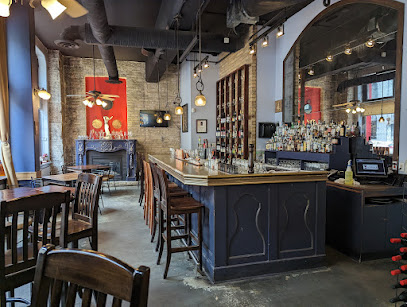
Hermanos Restaurant & Wine Bar
Discover authentic South American cuisine at Hermanos Restaurant & Wine Bar in Winnipeg – where every meal tells a story.

Bailey's Restaurant
Discover culinary excellence at Bailey's Restaurant in downtown Winnipeg – where fine dining meets vibrant nightlife.
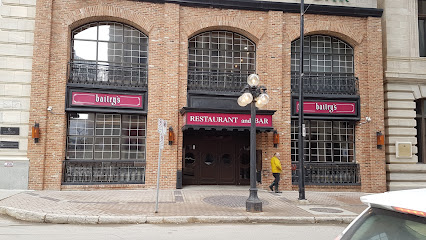
Corrientes Argentine Pizzeria
Experience authentic Argentinian flavors fused with classic pizza at Corrientes Argentine Pizzeria in downtown Winnipeg.
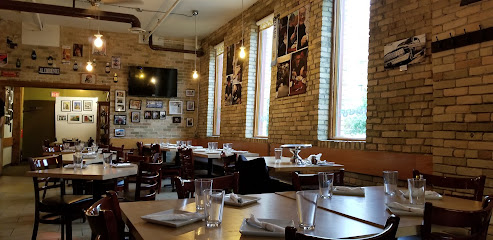
Deer + Almond
Experience innovative dishes made from local ingredients at Deer + Almond - Winnipeg's premier dining destination.
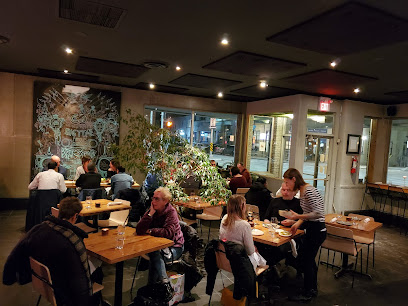
Kevin's
Experience the flavors of Manitoba at Kevin's Bistro in downtown Winnipeg - where local ingredients meet exceptional culinary artistry.
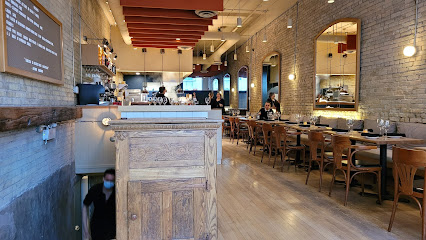
Blufish Japanese Restaurant
Experience authentic Japanese cuisine at Blufish Restaurant, offering exquisite sushi and traditional dishes in downtown Winnipeg.
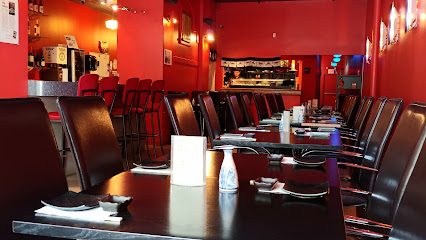
Saddlery on Market
Discover the unique blend of history and modern cuisine at Saddlery on Market in downtown Winnipeg.
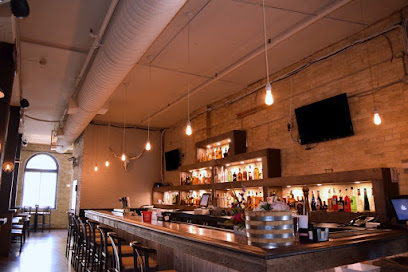
Cordova Tapas & Wine
Experience authentic Spanish tapas and fine wines at Cordova Tapas & Wine in downtown Winnipeg – a culinary delight awaits!
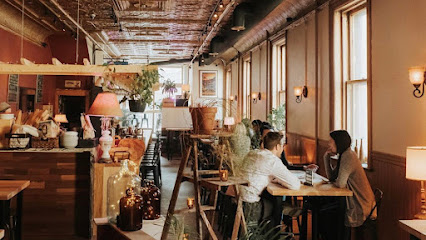
Markets, malls and hidden boutiques
Vantage Vintage Boutique
Explore Vantage Vintage Boutique in Winnipeg for unique vintage clothing and accessories that tell a story and add character to your wardrobe.
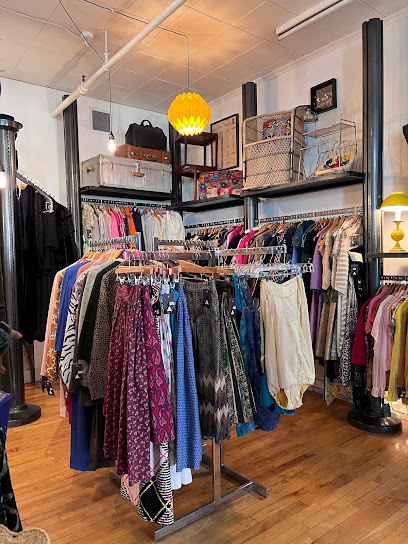
tara davis studio boutique
Discover unique, locally crafted gifts at Tara Davis Studio Boutique in Winnipeg - where art meets shopping in a charming atmosphere.
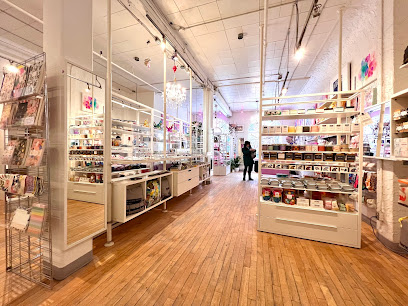
The Collab Shop
Discover unique footwear and vintage clothing at The Collab Shop, Winnipeg's premier destination for fashion enthusiasts.
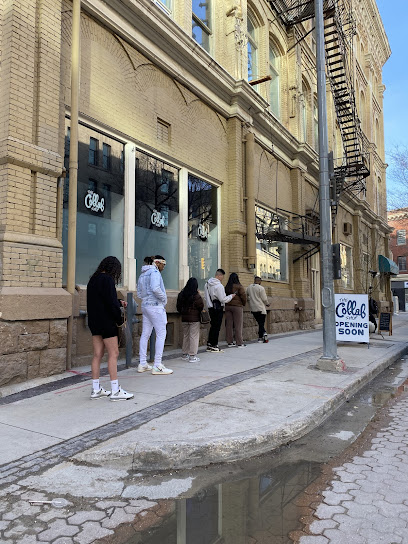
Clothing Bakery
Explore Winnipeg's Clothing Bakery for a curated selection of vintage apparel and accessories, where every piece has a story.

WOW MICKEY
Explore the vibrant world of unique gifts and cultural treasures at WOW MICKEY, Winnipeg's premier destination for Asian household goods and beauty supplies.
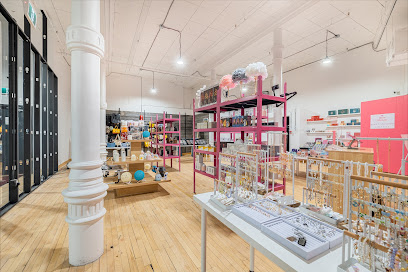
The Jar
Discover unique fashion at The Jar in Winnipeg's Exchange District, where local culture meets stylish clothing and exceptional service.
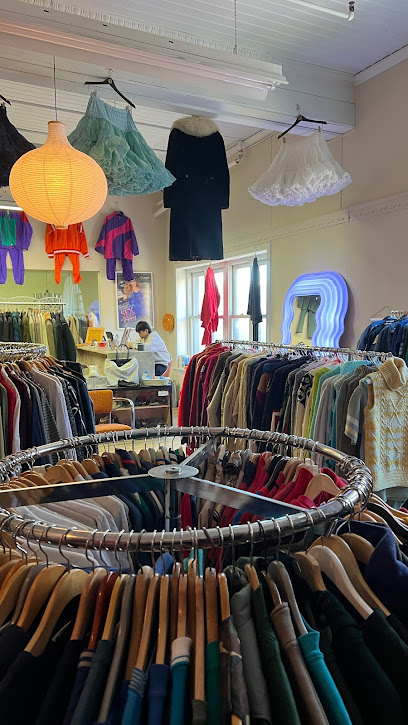
Made Here MB
Explore Made Here MB in Winnipeg for unique gifts and local artisan treasures that capture the essence of Manitoba's culture and creativity.
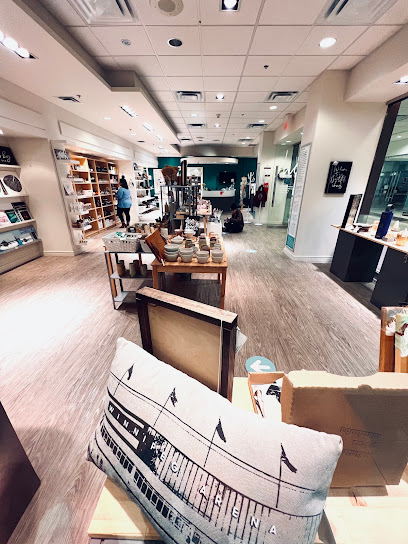
Boutique Anya
Explore Boutique Anya in Downtown Winnipeg for unique clothing and accessories that capture the local fashion spirit.

L'Esprit Sage
Explore L'Esprit Sage, Winnipeg's charming gift shop showcasing unique local art and handcrafted treasures for the perfect souvenir experience.
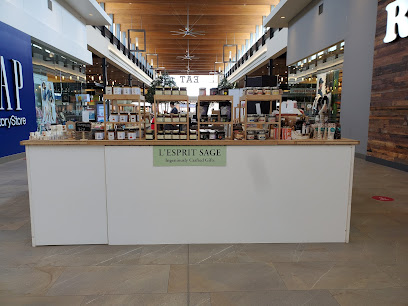
Nice Nice
Explore the heart of Winnipeg at Nice Nice, a boutique filled with unique treasures that reflect the city's vibrant culture and creativity.
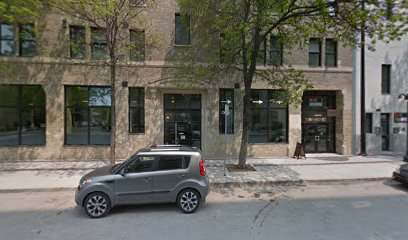
Essential bars & hidden hideouts
King's Head Pub
Experience the vibrant atmosphere and authentic local flavors at King's Head Pub, the heart of Winnipeg's downtown dining scene.
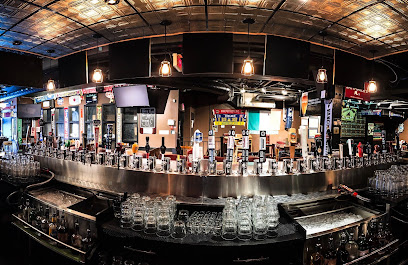
Wee Johnny's Irish Pub
Dive into authentic Irish culture at Wee Johnny's Irish Pub, where hearty meals and laughter await in the heart of Winnipeg.
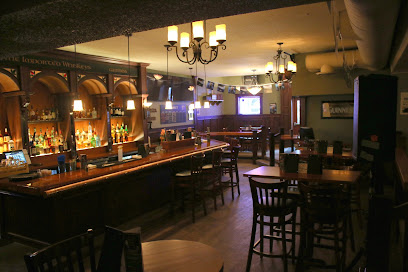
Hermanos Restaurant & Wine Bar
Experience the vibrant flavors of South America at Hermanos Restaurant & Wine Bar in downtown Winnipeg, where exceptional cuisine meets a welcoming atmosphere.
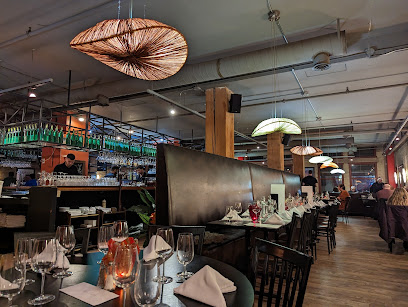
Hy's Steakhouse and Cocktail Bar
Experience the finest steaks and cocktails in Winnipeg at Hy's Steakhouse and Cocktail Bar, where culinary excellence meets elegance.
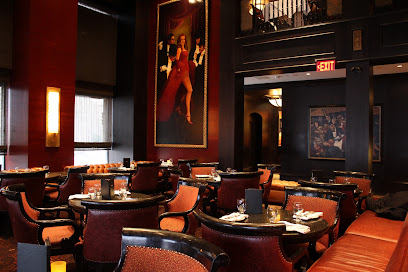
Yellow Dog Tavern
Discover the vibrant atmosphere of Yellow Dog Tavern in Winnipeg, where delicious food and craft drinks await in a welcoming setting.
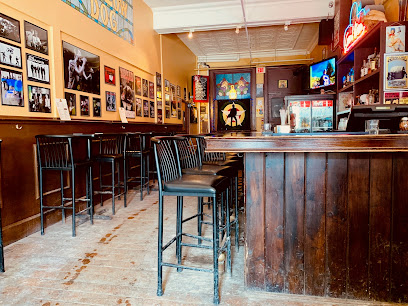
Amsterdam Tea Room and Bar
Experience the perfect blend of cocktails and tea at Winnipeg's unique Amsterdam Tea Room and Bar, a cozy retreat in the heart of the city.
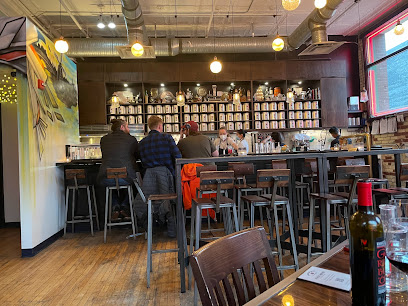
Deer + Almond
Discover the unique flavors of Winnipeg at Deer + Almond, where culinary creativity and local ingredients unite for an unforgettable dining experience.
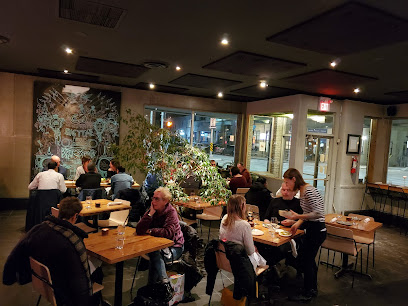
Cordova Tapas & Wine
Experience authentic Spanish tapas and fine wines at Cordova Tapas & Wine, Winnipeg's vibrant culinary gem.
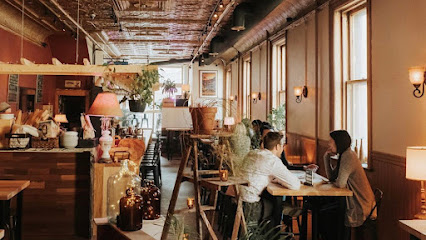
Darling Bar
Discover Winnipeg's Darling Bar, a cocktail oasis in the heart of downtown, offering innovative drinks and a vibrant nightlife experience.
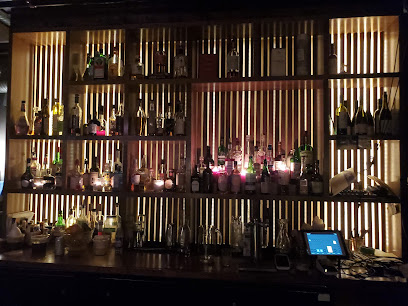
Commonwealth Kitchen & Bar
Explore the vibrant culinary scene at Commonwealth Kitchen & Bar in Downtown Winnipeg, where local flavors meet innovative cuisine for an unforgettable dining experience.
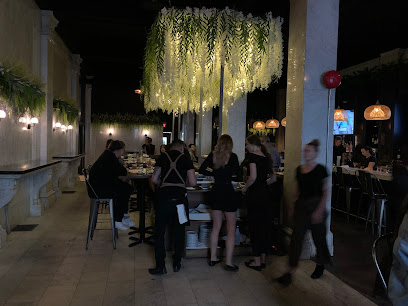
Local Phrases
-
- HelloBonjour
[bon-zhoor] - GoodbyeAu revoir
[oh ruh-vwahr] - YesOui
[wee] - NoNon
[nohn] - Please/You're welcomeS'il vous plaît/De rien
[seel voo pleh/dee ree-ehn] - Thank youMerci
[mehr-see] - Excuse me/SorryExcusez-moi/Désolé
[ex-kew-zay mwah/day-zoh-lay] - How are you?Comment ça va?
[koh-mohn sa vah] - Fine. And you?Bien. Et vous?
[byen. ay voo] - Do you speak English?Parlez-vous anglais?
[par-lay voo ahn-glay] - I don't understandJe ne comprends pas
[zhuh nuh kohm-prahn pah]
- HelloBonjour
-
- I'd like to see the menu, pleaseJe voudrais voir le menu, s'il vous plaît
[zhuh voo-dray vwahr luh meh-nyoo, seel voo pleh] - I don't eat meatJe ne mange pas de viande
[zhuh nuh mahnj pah duh vyand] - Cheers!Santé!
[sahn-tay] - I would like to pay, pleaseJe voudrais payer, s'il vous plaît
[zhuh voo-dray pay-yay, seel voo pleh]
- I'd like to see the menu, pleaseJe voudrais voir le menu, s'il vous plaît
-
- Help!Au secours!
[oh suh-koo-rr] - Go away!Allez-vous en!
[ah-lay vooz ahn] - Call the Police!Appelez la police!
[ah-peh-lay lah poh-lees] - Call a doctor!Appelez un médecin!
[ah-peh-lay uh may-duh-sahn] - I'm lostJe suis perdu
[zhuh swee pair-doo] - I'm illJe suis malade
[zhuh swee mah-lahd]
- Help!Au secours!
-
- I'd like to buy...Je voudrais acheter...
[zhuh voo-dray zheh-tey...] - I'm just lookingJe regarde simplement
[zhuh ruh-gard soh-le-mahn] - How much is it?Combien ça coûte?
[kohm-byen sah koot] - That's too expensiveC'est trop cher
[say troh shair] - Can you lower the price?Pouvez-vous baisser le prix?
[poo-vey voo beh-say luh pree]
- I'd like to buy...Je voudrais acheter...
-
- What time is it?Quelle heure est-il?
[kel er ay-teel] - It's one o'clockIl est une heure
[eel ay tun er] - Half past (10)Dix heures et demie
[dees erz ay duh-mee] - MorningMatin
[mah-tahn] - AfternoonAprès-midi
[ah-pray mee-dee] - EveningSoir
[swahr] - YesterdayHier
[yehr] - TodayAujourd'hui
[oh-zhoor-dwee] - TomorrowDemain
[duh-mahn] - 1Un
[uhn] - 2Deux
[duh] - 3Trois
[twah] - 4Quatre
[kah-truh] - 5Cinq
[sank] - 6Six
[sees] - 7Sept
[sept] - 8Huit
[weet] - 9Neuf
[nuf] - 10Dix
[dees]
- What time is it?Quelle heure est-il?
-
- Where's a/the...?Où est...?
[oo ay...] - What's the address?Quelle est l'adresse?
[kel ay la-dress] - Can you show me (on the map)?Pouvez-vous me montrer (sur la carte)?
[poo-vey voo muh mohn-tray (soor lah kart)] - When's the next (bus)?Quand est le prochain (bus)?
[kahn ay luh proh-shahn (boos)] - A ticket (to ....)Un billet (pour ...)
[uhn bee-yay (poor ...)]
- Where's a/the...?Où est...?
History of Exchange District
-
The Exchange District in Winnipeg was established in the late 19th century, during a time when the city was emerging as a pivotal hub for trade and commerce in Western Canada. The area was originally known as the 'Exchange' due to the concentration of warehouses and businesses that facilitated trade, primarily in grain, which was a major export of the region.
-
The 1880s to the 1920s marked a period of rapid growth for the Exchange District. As the railway expanded, Winnipeg became a gateway for goods traveling between Canada and the United States. This boom resulted in the construction of many of the district's iconic buildings, showcasing impressive architectural styles such as Romanesque Revival and Beaux-Arts. Notable structures include the Manitoba Club and the historic Exchange District Merchants Association building.
-
As Winnipeg solidified its status as a commercial center, the Exchange District became home to numerous banks and financial institutions. The Royal Bank of Canada and the Canadian Bank of Commerce established their presence in the area, reflecting the growing economic importance of the district. This financial boom contributed to the development of the Winnipeg Grain Exchange, which played a critical role in regulating grain prices and trading practices.
-
The mid-20th century brought economic decline to the Exchange District as businesses began relocating to suburban areas. However, the architectural heritage of the district began to gain recognition, leading to preservation initiatives in the 1970s and 1980s. The City of Winnipeg and various organizations worked together to restore and repurpose historic buildings, fostering a renewed interest in the area’s cultural significance.
-
In recent decades, the Exchange District has experienced a cultural renaissance, transforming into a vibrant arts and entertainment hub. The establishment of arts organizations, galleries, and cultural festivals, such as the Winnipeg Folk Festival and the Winnipeg International Jazz Festival, has revitalized the area. The district is now a focal point for creative industries, promoting a mix of heritage and contemporary culture, while maintaining its historical roots.
Exchange District Essentials
-
The Exchange District is conveniently located in downtown Winnipeg. If you're coming from the airport, you can take a taxi or rideshare service, which typically takes about 20 minutes. From other neighborhoods, the Exchange District is accessible via public transit, with several bus routes converging at main stops nearby. If you're coming from Osborne Village or St. Boniface, consider the rapid transit bus system, which provides a quick and efficient way to reach downtown.
-
The Exchange District is pedestrian-friendly, making it easy to explore on foot. For those looking to use public transport, Winnipeg Transit operates frequent bus services around the area. Biking is also a popular option; bike lanes are available, and bike rentals can be found at various locations. Additionally, the Winnipeg downtown area has a number of scooter-share programs for a fun and quick way to navigate the city.
-
The Exchange District is generally safe, especially during the daytime when many visitors are exploring. However, exercise caution at night, particularly in areas that are less populated. Certain parts of Winnipeg, like parts of West Broadway and the North End, have higher crime rates, so it's advisable to avoid these neighborhoods after dark. Always stay aware of your surroundings and keep your belongings secure.
-
In case of an emergency, dial 911 for police, fire, or medical assistance. The nearest hospital is Health Sciences Centre, located a short distance away. Ensure you have travel insurance that covers medical emergencies. For minor health issues, local pharmacies can provide over-the-counter medications. Familiarize yourself with your hotel’s emergency procedures upon arrival.
-
Fashion: Do dress comfortably for walking, but avoid overly casual attire in upscale dining establishments. Religion: Do respect local customs and be mindful when visiting any religious sites. Public Transport: Do be courteous and allow others to exit before boarding. Don't eat or drink on public transport. Greetings: Do greet locals with a friendly smile and a nod. Eating & Drinking: Do sample local dishes and support local eateries. Don't waste food, as it's appreciated and often considered a part of local hospitality.
-
To experience the Exchange District like a local, check out the Farmers' Market on weekends for fresh produce and artisanal goods. Visit local galleries and studios to discover the vibrant arts scene. Attend a performance at the Royal Manitoba Theatre Centre for a taste of local culture. Additionally, explore the many unique shops and boutiques, and don't hesitate to strike up a conversation with shop owners; they often have great stories about the neighborhood's history.
Nearby Cities to Exchange District
-
Things To Do in Cavalier
-
Things To Do in Grand Forks
-
Things To Do in Devils Lake
-
Things To Do in Fargo
-
Things To Do in Valley City
-
Things To Do in Jamestown
-
Things To Do in Minot
-
Things To Do in Wahpeton
-
Things To Do in Bismarck
-
Things To Do in Mandan
-
Things To Do in Ely
-
Things To Do in Duluth
-
Things To Do in Williston
-
Things To Do in Saint Cloud
-
Things To Do in Dickinson


